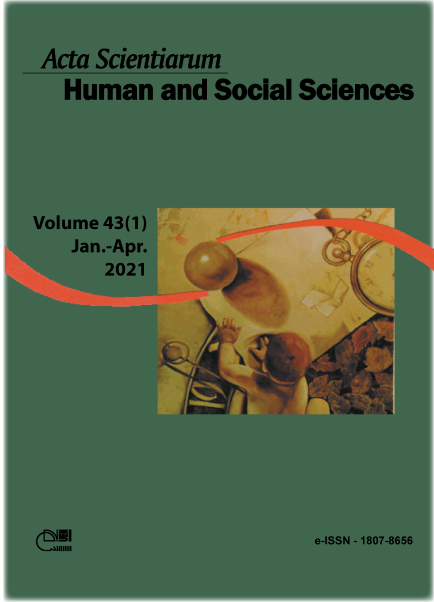Some ideas around the teaching of the philosophy of science from the history of sciences and literature
Abstract
The present work arises like answer to reflections provoked by the challenges and the difficulties imposed by teaching from the philosophy of science in a humanistic career. To face us the philosophy of science course has forced to think to us how to transmit contents, how to problematize aspects relative to the discipline in which the students form and how to form them in own abilities of the philosophy. This has lead to us to commit to us in the ways of the didactics of the philoshopy of science. The interest by the didactics of the philosophy of science has been increased, perhaps with a smaller rate with the one than the interest by the education of sciences has been increased. The scientific advances and the implications that these have at social level require on the one hand of expert human beings of the science and by another one of human beings who adopt positions as opposed to critics the scientific knowledge in relation to their reach, possibilities and limitations in the social framework. This last one is concerning the philosophy of science. However, its teaching in itself is a difficulty that can be surpassed if it is supported in the history of sciences and literature. Our perspective is to affirm that the philosophy of science cannot appear like a discipline that does not engage in a dialog with others disciplines, on the contrary we considered that beyond the tension that can appear between philosophy of science and history of sciences and philosophy of science and humanities (more specifically literature), these disciplines throw light at the time of planning didactic units. The epistemologic reflection benefits from the historical anchorage that can be made of the identified problems and wide-awake literature, causes new forms to conceive the scientific knowledge and its connection with the society.
Downloads
DECLARATION OF ORIGINALITY AND COPYRIGHTS
I Declare that current article is original and has not been submitted for publication, in part or in whole, to any other national or international journal.
The copyrights belong exclusively to the authors. Published content is licensed under Creative Commons Attribution 4.0 (CC BY 4.0) guidelines, which allows sharing (copy and distribution of the material in any medium or format) and adaptation (remix, transform, and build upon the material) for any purpose, even commercially, under the terms of attribution.
Read this link for further information on how to use CC BY 4.0 properly.























